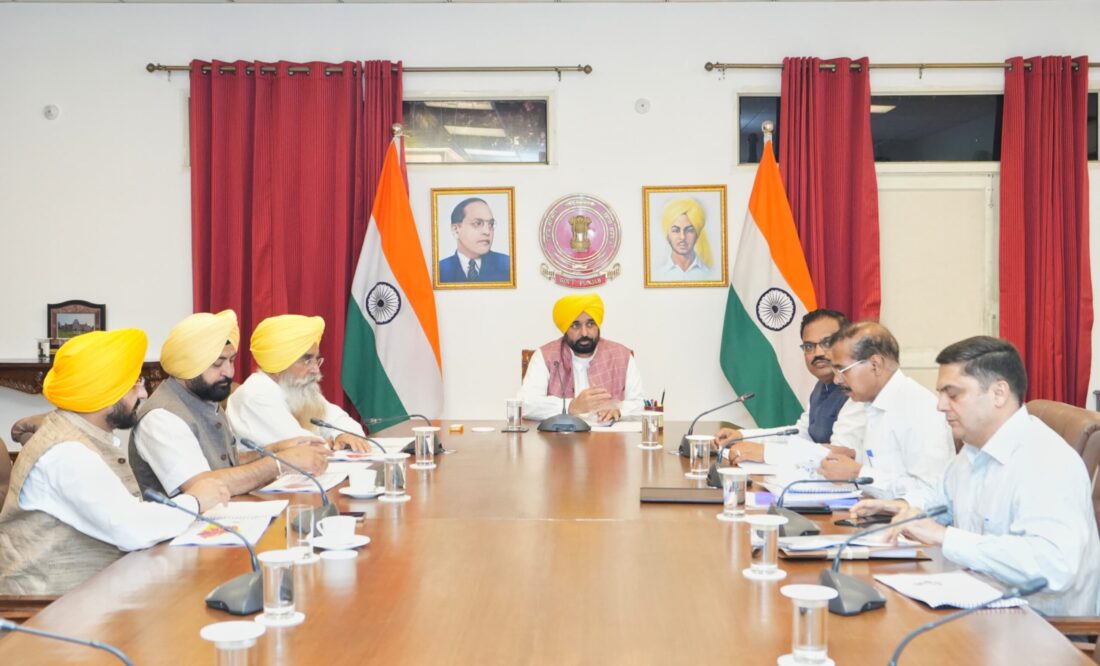North News
Shimla, January 25
The question that is now taking centre stage in Himachal Pradesh is: When will the state embrace controlled, legal cannabis cultivation for non-narcotic use? The issue has taken a notable turn with the Himachal Pradesh Cabinet, under Chief Minister Sukhvinder Singh Sukhu, approving a pilot study on cannabis cultivation. The study, a joint endeavour between Chaudhary Sarwan Kumar Krishi Vishvavidyalaya in Palampur and Dr. Y.S. Parmar University of Horticulture in Nauni, aims to assess the viability of cannabis farming for industrial, scientific, and medicinal purposes. If successful, this initiative could be a game-changer for the state’s agrarian economy. However, the key question remains: Is Himachal prepared for this green revolution?
The state’s current struggles must be considered in this discussion. Over the past 14 years, Himachal Pradesh has seen a 40% rise in cases registered under the Narcotic Drugs and Psychotropic Substances (NDPS) Act. Alarmingly, heroin-related cases have doubled from 29% to 50% between 2019 and 2023. Chief Minister Sukhu, speaking at a regional conference on drug trafficking in Delhi earlier this year, highlighted that properties worth ₹16 crore linked to drug peddlers were seized in the last three years, with ₹9 crore confiscated just last year. With synthetic drugs increasingly prevalent in vulnerable border areas like Una, Bilaspur, Solan, and Paonta Sahib, a comprehensive strategy to tackle drug trafficking has become urgent. The situation has further deteriorated in 2024, with more than a dozen drug overdose deaths and hundreds of drug peddlers arrested in districts such as Shimla, Solan, and Una.
Against this backdrop of rising drug abuse, the debate over cannabis cultivation is more pertinent than ever. Cannabis thrives naturally in several parts of Himachal Pradesh, including Kullu-Manali, Mandi, Chamba, Shimla, and Sirmaur, thanks to the state’s favourable agro-climatic conditions. The government’s approval of a pilot study to explore cannabis cultivation could be the first step towards determining whether it could be a legal and economically viable resource for the state.
However, the road to legal cannabis farming is not without its hurdles. Amendments to the NDPS Act, 1985, will be necessary before cannabis cultivation can be legally pursued. Moreover, the state will face logistical challenges in regulating and monitoring this sensitive crop. The Agriculture Department will need to establish seed banks and issue licenses to farmers, ensuring they receive seeds with minimal narcotic content. A major hurdle will be procuring hemp seeds with less than 0.3% THC, a crucial requirement to prevent misuse.
To fully capitalise on cannabis’s potential, Himachal Pradesh must also establish specialized laboratories for quality seed production, catering to the pharmaceutical and industrial sectors. Additionally, the creation of a dedicated excise and regulatory staff will be essential to ensure stringent oversight, preventing the crop’s misuse for narcotic purposes.
The pilot study draws inspiration from states like Madhya Pradesh and Uttarakhand, where cannabis cultivation for non-narcotic purposes has already begun. However, Himachal’s unique geographical and socio-economic context means that a one-size-fits-all approach will not work. The state must adapt best practices from other regions to its own specific challenges.
With a six-month deadline set for the Agriculture Department to finalise modalities and standard operating procedures, Himachal Pradesh must ensure transparency, robust regulation, and a clear framework for the implementation of this initiative. The stakes are high, and the journey from pilot study to full-scale cultivation will test the state’s political resolve, regulatory efficiency, and commitment to sustainability.
Himachal Pradesh stands at a crossroads, with the potential to usher in a new era of agricultural prosperity. If the state can navigate the regulatory and logistical challenges ahead, it could herald a greener, more prosperous future. But this journey, fraught with complexities, will demand careful planning and concerted efforts to succeed.
















